The Secret Life of Colors: How to Use Color Psychology to Enhance Your Home’s Mood
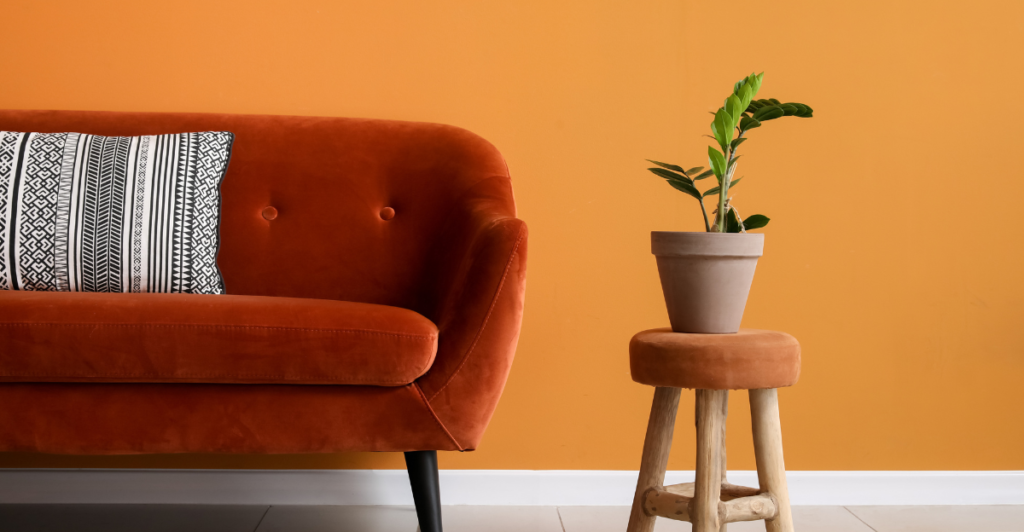
Have you ever walked into a room and instantly felt calm? Or vitalized? That’s because of the effects colors play on our psychology. Colors can change our mood, thoughts, and even our actions. Knowing how they affect you can help create a home that not only looks good, but also feels good. Let’s dive into what colors to use in your space and why. Color psychology isn’t theory. It’s science. Research shows that colors affect mood, appetite, and even your productivity. That’s why fast food restaurants use red (to make you hungry) and hospitals use blue (to make you relaxed). At home, choosing the right colors can also impact the way you feel in a tangible way.
Red: Passion, Energy & Warmth
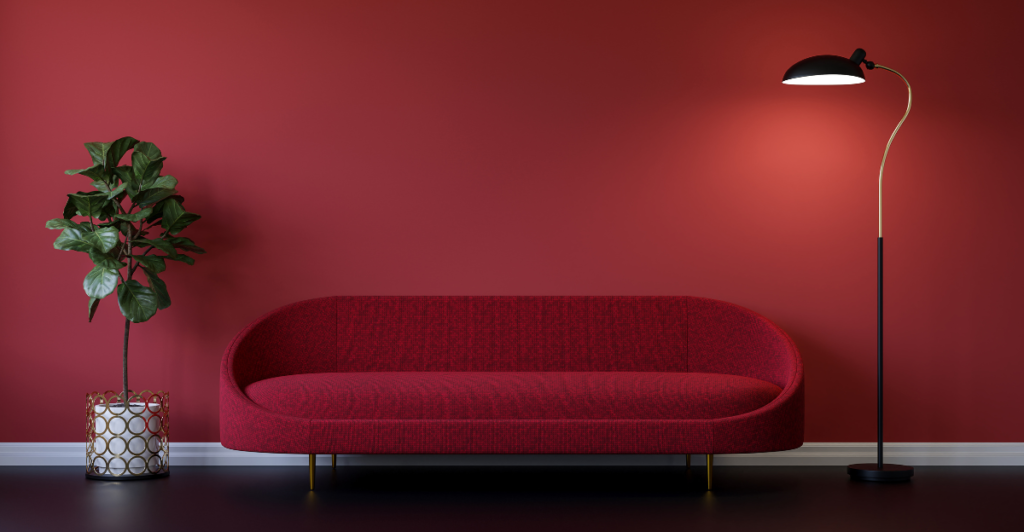
Red is powerful, dramatic, and dynamic. It warms up a room and gives it a cozy atmosphere, but it can also become overwhelming if exhausted. Red is perfect for dining rooms ( as it stimulates the appetite) or living rooms (as it encourages conversation). Just don’t overuse it: too much red can cause restlessness or even anxiety.
Orange: Imagination & Excitement
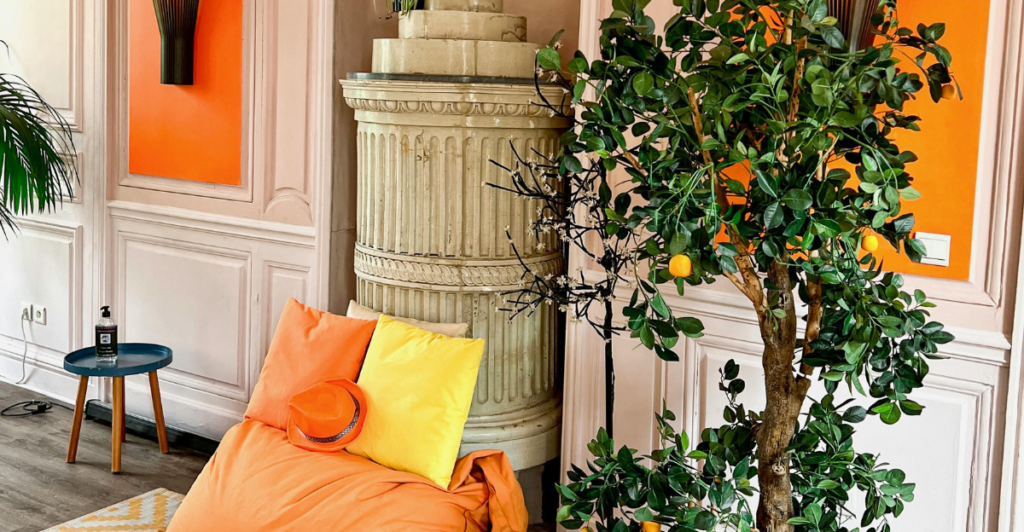
Orange is warm, playful, and energetic. It’s a great color for home offices or creative spaces. It’s exciting and makes people want to socialize. But again, like red, too much of it is too much. Use it in small doses on pillows, throws, artwork, or a statement chair, to inject some vibrancy.
Yellow: Happiness and Positivity

Yellow is the color of sunshine, life and happiness. It’s perfect for kitchens, entrances, or any area you wish to be cheerful and welcoming. However, studies tell us that too much yellow, particularly bright yellow, can cause you to be anxious or frustrated. Softer yellows are much easier on the eyes.
Green: Balance & Relaxation
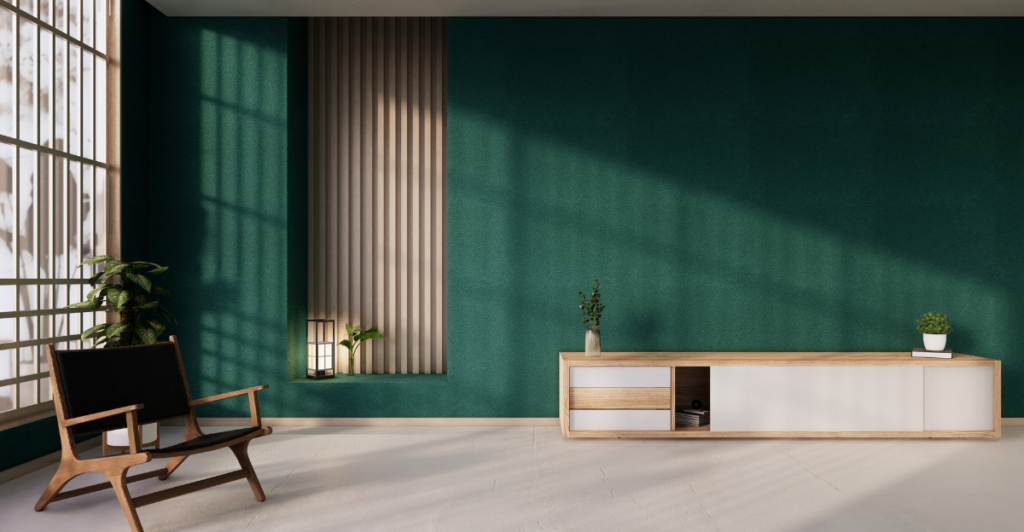
Green symbolizes nature, balance, and new beginnings. It’s ideal for the bedroom or whatever space you want to relax in. According to various studies, green reduces stress and make you feel more at peace. Plus, it goes with nearly every color, so it’s extremely versatile for home decorating.
Blue: Calm, Focus & Trust
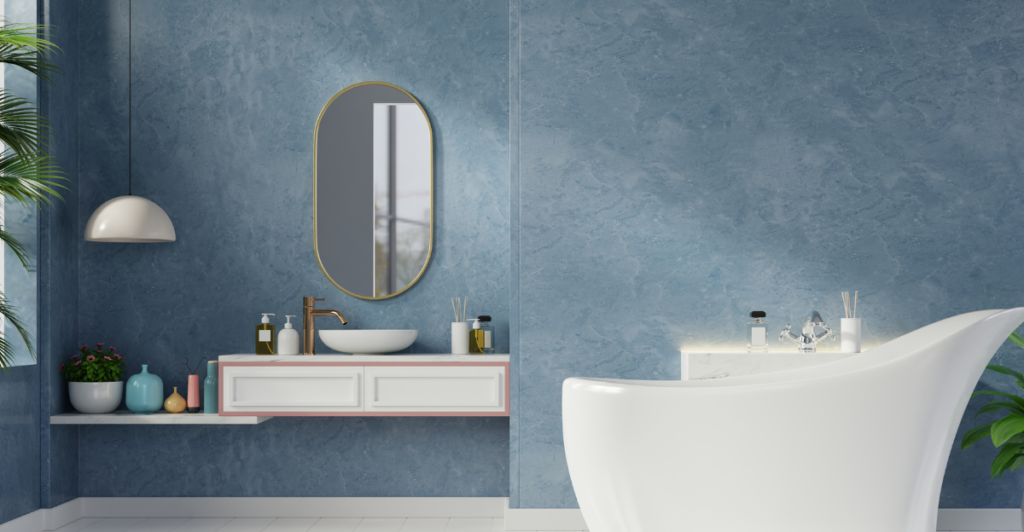
Blue is such a popular color for a reason: it calms us, makes us feel fresh, and helps us concentrate. It’s perfect for bedrooms, bathrooms, and offices. Light blues give us a sense of peace, and dark blues look elegant and cozy. Just don’t overdo the dark blue because it can end up feeling cold or depressing.
Purple: Luxury & Creativity
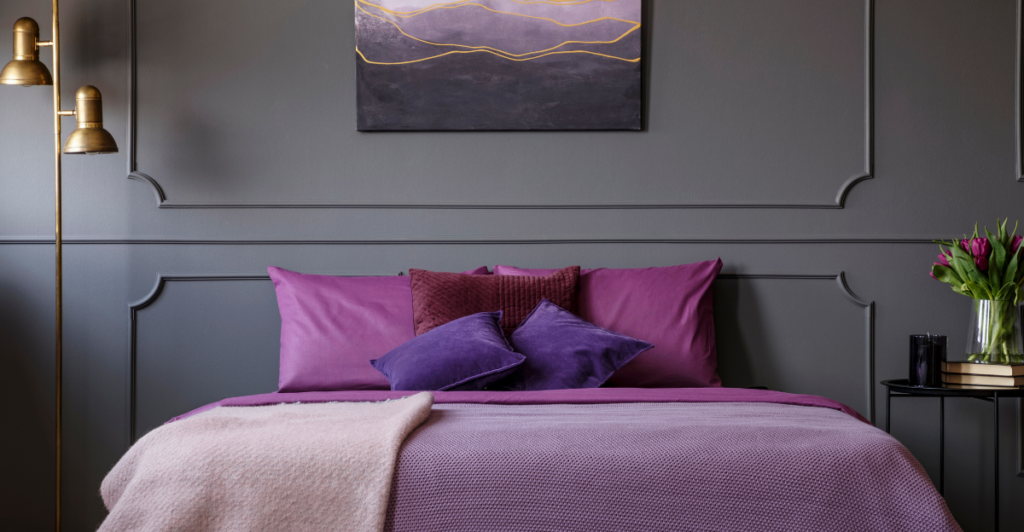
Purple is most often linked with royalty and creativity. Light purples like lavender are calming and work well in bedrooms. Darker purples bring drama and elegance to living areas. If you’re looking for a room that is both classy and creative, purple is always a safe choice.
Pink: Fun and Caring

Pink is warm, soothing, and calms you down. It’s ideal for bedrooms, kids’ rooms, or any place where you’d like to have a warm and nurturing ambiance. Soft pinks are calm and romantic, while brighter pinks (like fuchsia) are energetic and playful. Apply sensibly: it can be potent.
Brown: Stability & Comfort
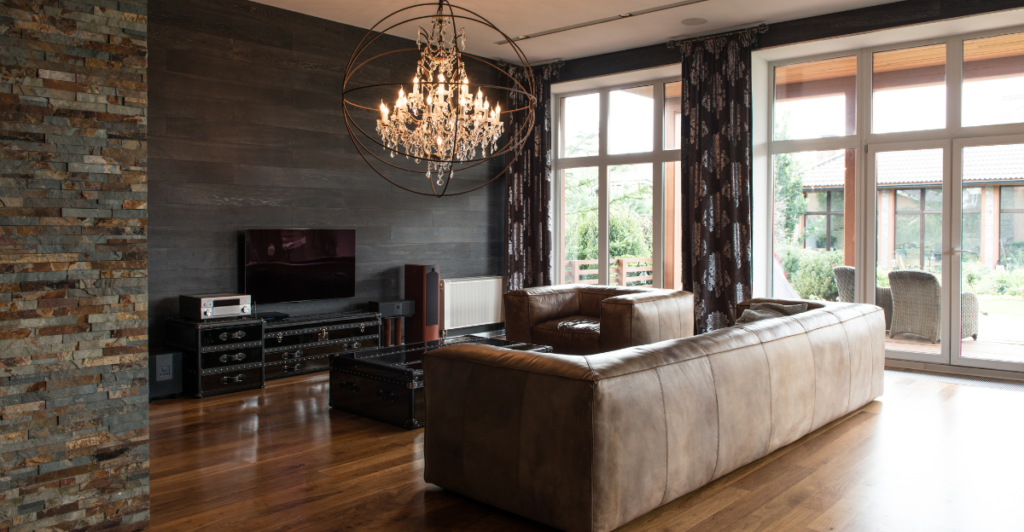
Brown is natural, comforting, and classic. It creates warmth and a feeling of safety. It’s ideal for living rooms, libraries, or homes with a country theme. Too much brown, however, can appear heavy or old-fashioned: lighten it with contrasting textures and lighter colors.
White & Black: Minimalism & Drama

White is clean, new, and makes rooms appear bigger. But too much white is sterile. Black adds drama, depth, and sophistication. Both white and black combined are sleek and modern. But try to mostly use black as an accent color. It’s powerful, but too much can be overwhelming. Most people want their homes to reflect their style and personality. If that’s you, experiment with colors that echo your taste as well as the atmosphere you wish to create in each room. Balance bold colors with neutral ones, and don’t hesitate to blend styles. The key to great design? Understanding how different colors make you feel and what they can do for your home.
Sources
How Paint Colours in my Home affect my mood? Paint Colour Psychology
The Power of Color: How to Use Color Psychology in Home Decor for a Harmonious Home


